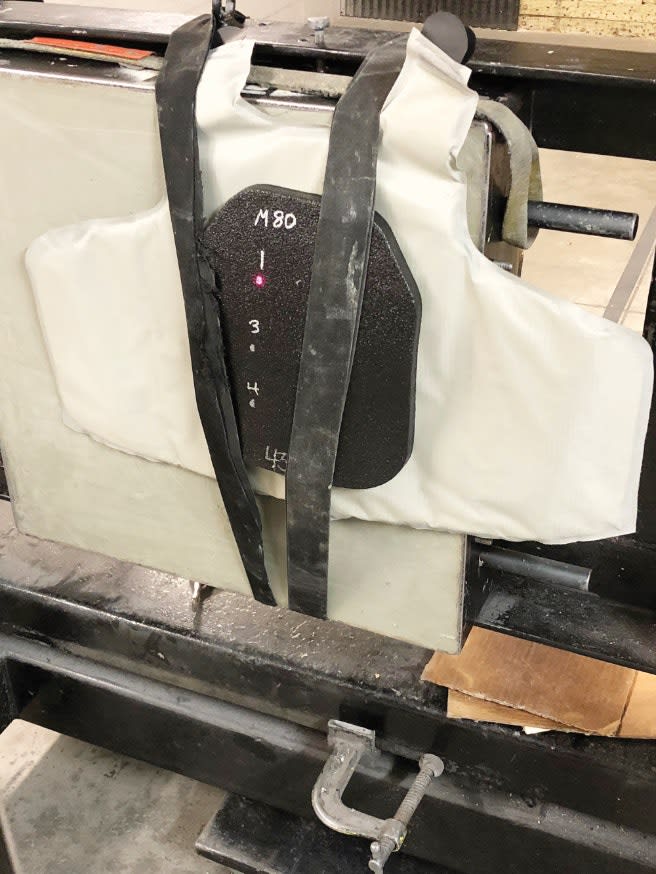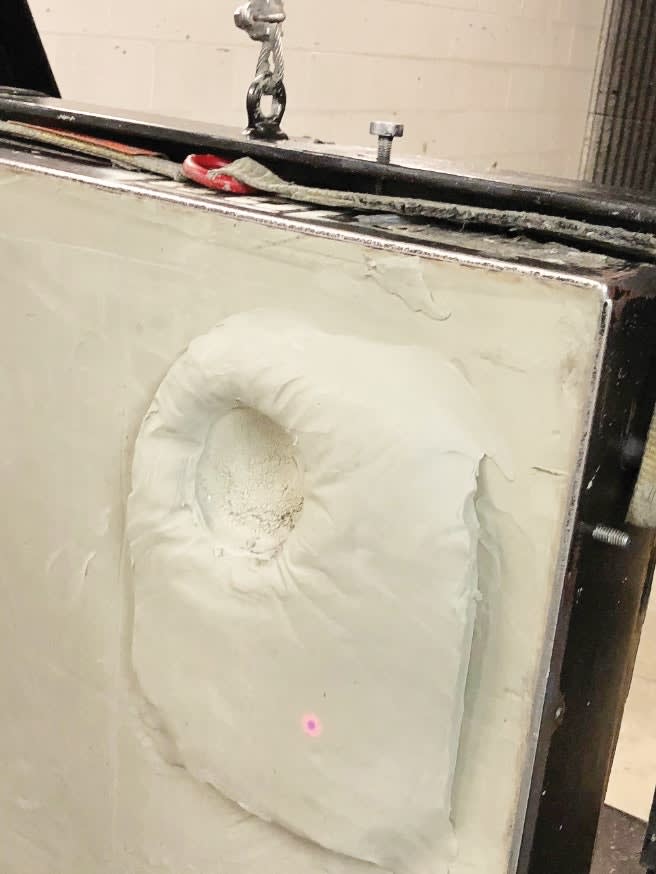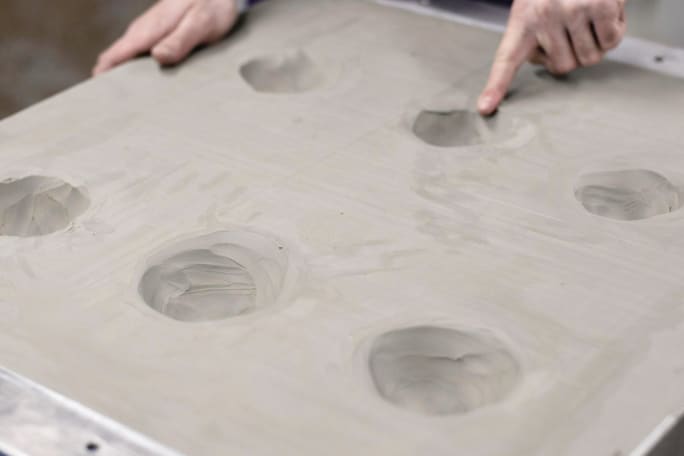Whether the elimination of IIA quality armor is a concern for law enforcement is difficult to determine. Some industry experts say hardly any of their customers buy IIA vests. Others say some of the nation's largest law enforcement agencies issue IIA vests to their officers. For those agencies, the end of the IIA standard could lead to some unexpected expense.
"It will be a big hit for some people," says Georg Olsen, general manager of U.S. Armor, who says manufacturers will have to educate their customers on the change so they can plan for it. "Agencies in the IIA are going to have to make the move as they cycle out of the ones they have," he explains. "If they don't, then many of them will be in conflict with their own policies, as a significant number of agencies have policies that say the armor must be the current NIJ standard."
Better Female Armor
Reading the draft proposal, it's clear that one of the goals of the 07 revision is to improve the testing of armor and make it consistent from lab to lab. Experts say one of the biggest issues in the current certification process is the methodology used for testing female body armor.
"There is an emphasis on exploiting potential weaknesses in female armor structure [in the proposed standard], which is a good thing," says John MacNeil, director of ballistic research and development at Armor Express. MacNeil explains that the construction of armor designed for female officers is more complicated than that worn by males. "The cup area of female armor involves darting, which is folding and stitching in a manner that creates overlap of material." You would think that overlapping ballistic material would actually lead to greater protection in these areas of a female vest, but ballistic fibers are directional so the darting process can actually make them weaker. "Energy transfer works best when the material is laid flat so that the energy can dissipate throughout the fibers," MacNeil explains. "When you introduce folds and crimps, energy tends to bounce back because it doesn't flow out and away from the impact point."
















